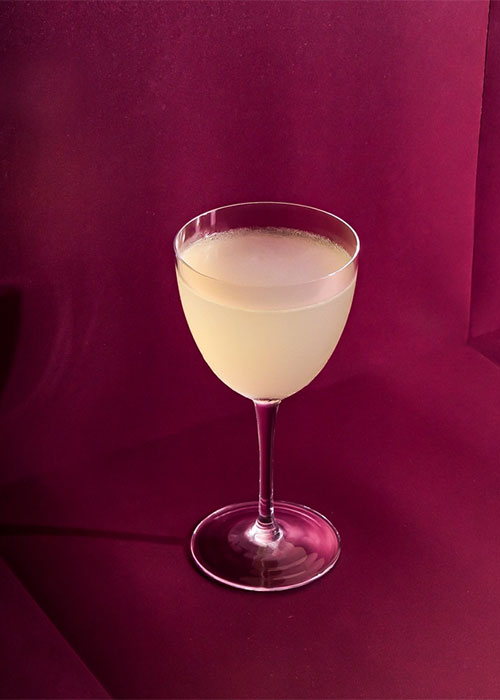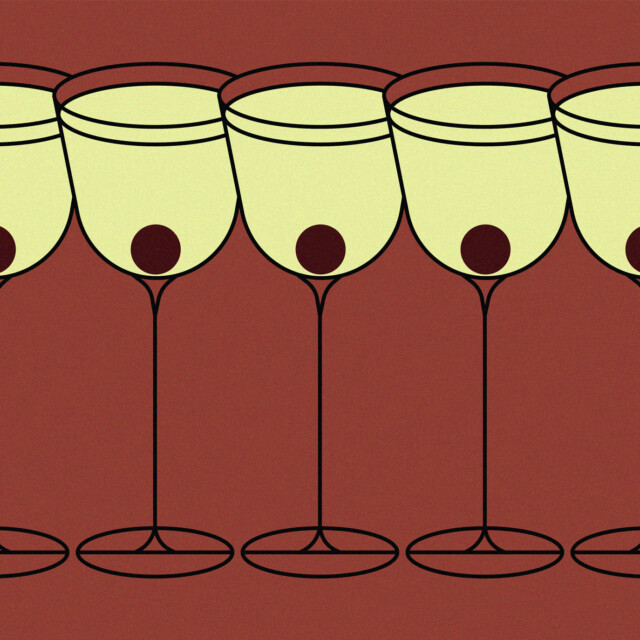Walk into any craft cocktail bar and, more often than not, you’ll find a section on the menu titled “Classics.” There, nestled among the usual Martini, Manhattan, Old Fashioned, Daiquiri. and Negroni, you might find the Last Word and Jungle Bird or the Corpse Reviver No. 2 and Boulevardier.
There’s only one problem with such lists. Those aren’t classic cocktails.
However popular they might be today, next to no one ordered a Last Word or Boulevardier when they first graced the bar top or were listed in the pages of a cocktail book. (In the case of the Last Word, in 1951, though the drink is much older than that; the Boulevardier, in 1927). To a large extent, nobody had even heard of those cocktails back then. It was only during the cocktail revival of the past 20-odd years that they were discovered, recovered, and uncovered by questing bartenders and historians. They combed through dusty, dog-eared old drink manuals, and then hauled unknown cocktails, wheezing and blinking, into the harsh light of bar rooms and Instagram.
Remember the Maine, a Manhattan variation published by writer Charles H. Baker Jr. in his 1939 Book “The Gentleman’s Companion,” is a common order today because Baker historian St. John Frizell championed the obscure drink for years. The New York Sour, a 1930s drink that you can now safely order at bars across the nation, has name recognition only because of the efforts of advocates like bar owner Julie Reiner and cocktail historian David Wondrich. The Pegu Club, Aviation, and Corpse Reviver No. 2 (first printed recipes: 1922, 1917, and 1930, respectively) enjoy tavern currency today because a bunch of bartenders in the early aughts were trying to make customers drink more gin.
All of these drinks dwell in a gray area of the cocktail canon. They are members of a strange unnamed genre of mixed drink. They are not classic cocktails because they were never popular to begin with; they are not modern classic cocktails because they are far too old for that adjective. They are something apart. Call it the Last Word Effect.

The Last Word, of course, is the patient zero of this phenomenon. What cocktail bar today doesn’t know of this pre-Prohibition cocktail made of gin, Chartreuse, maraschino liqueur, and lime juice? It is a drink so revered and ubiquitous that it has inspired dozens of riffs, some of them as famous in their own right, including the Final Ward, Paper Plane, and Naked and Famous. And yet, 20 years ago, only one bar and one bartender knew the Last Word well enough to serve it. That bartender was Murray Stenson, a Seattle barkeep who found the drink in the pages of “Bottoms Up,” a 1951 book by Ted Saucier. He liked it well enough to begin serving it at the Zig Zag Café. Soon, word of the Last Word spread and it was being offered in New York at bars like Pegu Club. (Stories of how it got to New York vary and involve a disparate cast of characters — success has many parents.)
Asked to label the phenomenon he helped kick off, Stenson was stumped. “A modern classic with a long history?” he suggested. “A dormant hidden gem?” In the end, he admitted that the Last Word was “unique in cocktail history.”
Since the Last Word exploded, the list of cocktails that have followed in its path has only grown. A recent addition is the El Diablo, a tequila highball from the 1940s that never had a heyday until recently, its popularity mushrooming in the wake of the agave spirits mania that has swept the world.
Reiner takes some credit for the late-arriving fame of the El Diablo. She put it on the menu at Flatiron Lounge, the pioneering cocktail bar that opened in Manhattan in 2003. She also helped make the New York Sour, a simple whiskey sour with a red wine float, the star it is today.
“I’m not sure what they should be called,” she says. “I generally do refer to these drinks as classics even though they technically aren’t. They are just old drinks that I found in books and made to see how they tasted.”
Probably no person has turned more non-entity drinks into global stars than Jeff “Beachbum” Berry, the tiki scholar and author who owns the New Orleans bar Latitude 29. If you’re drinking a Three Dots and a Dash — a cocktail made of two rums, orange and lime juice, falernum, pimento liqueur, honey, and bitters — you can thank Berry, who first printed the lost drink in his 2007 book “Beachbum Berry’s Sippin’ Safari.” The same goes for the Saturn, an omnipresent potion from 1967 that lives today only because Berry glimpsed the recipe on the side of a rocks glass in an antique store.
Berry’s biggest restoration success, however, is the Jungle Bird, a drink so popular that there are multiple bars named after it. The drink was invented at the Kuala Lumpur Hilton in 1978. Berry found the recipe in a 1989 pamphlet called “The New American Bartender’s Guide” and reprinted it in his 2002 book “Intoxica!”
A few bars served and sold the Jungle Bird in the years after Berry published it, but it didn’t take off until Richard Boccato and Giuseppe Gonzalez got a hold of it, tweaked it a bit — plugging blackstrap rum into the recipe and using less pineapple juice — and started serving it at their Lower East Side bar Painkiller. “They were the ones who codified it with a new spec,” says Berry. “It never was really a mainstream drink that was ever ordered anywhere but Malaysia.” Today, the Jungle Bird likely ranks among the top five tiki drinks ordered worldwide. Pretty good for a latecomer.
Berry doesn’t know what to call these drinks either. “It’s hard to get into a two-word description given the fact that, one, they were never famous to begin with and, two, that they were pulled out of obscurity,” he says.
Are the ranks of Last Word-esque quasi-classics going to continue to grow? There are, after all, still a lot of obscure old drinks out there, sleeping in the pages of out-of-print books just waiting for their chance to shine.
Berry isn’t so sure. “My gut feeling is this current crop of bartenders is all internet-based,” he says. “Very few of them own books and buy books. In the past, they were all bibliophiles. They were combing through anything they could get their hands on. I don’t think anyone’s doing any primary research.”
In other words: Last Word, you got lucky.
